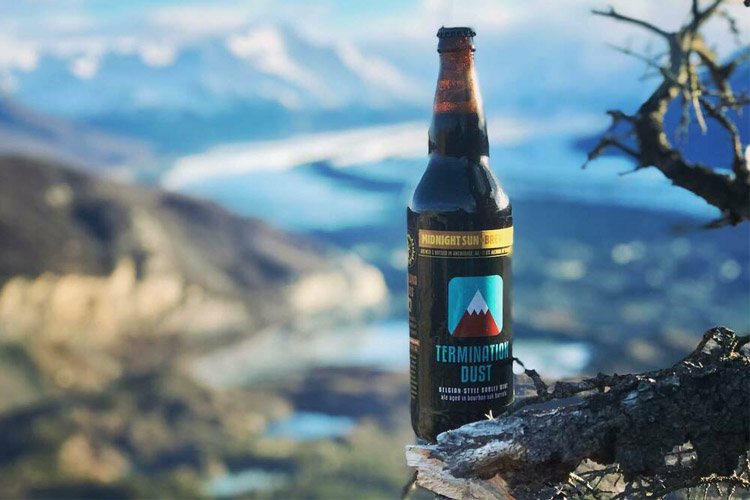Though geographic conditions are different, the supply chain is similarly knotted in Hawaii.
“We are brewing in paradise,” says Steve Haumschild, CEO and brewmaster of Lanikai Brewing Company in Kailua, Hawaii, and director of the Hawaiian Craft Brewers Guild. “But there is a cost to brewing in paradise.”
In early November, Maui Brewing announced that it would move some beer production to Colorado, where access to ingredients is better. Six-month lead times for malt shipments and difficulty obtaining carbon dioxide were behind the move: The lack of carbon dioxide to carbonate beer shut down the brewery for two separate weeks in October, Brewbound reports.
As the state’s second-largest brewer, Maui’s decision could also affect small breweries. If Maui is no longer importing large quantities of malt or hops to the island, it might become impossible for smaller breweries on the island of Maui to piggyback on those shipments.
“Local breweries have a history of working together, of putting together pallets of ingredients that they order, and I know Maui Brewing has always been one of the bigger ones to help smaller ones bring those in,” says Alexander Gates, the Honolulu-based author of Aloha State Beer. “Hawaii doesn’t grow any malt or hops so it all comes in together.”
As with breweries across the country, higher ingredient and material costs raise the specter of beer price increases for Hawaii’s consumers. An analysis conducted by the Hawaiian Craft Brewers Guild in 2018-2019 showed the state’s 18 total breweries pay 50% more to create a beer than their colleagues on the mainland due to the cost of bringing in ingredients. On top of that added cost, Hawaii’s bars, restaurants, and taprooms were restricted to 50% capacity until early December 2021, further cutting into brewery margins.
“At the same time, we can’t charge 50% more per pint because you have other brands being imported [to the state] who can charge less,” Haumschild says.
Gates estimates a typical four-pack of 16oz, locally made beer costs about $20. That may be comparable to prices in some other states, but Hawaii’s cost of living is about 26% higher than anywhere else in the U.S., meaning residents pay much more for necessities like food and gas than consumers elsewhere. (As of Dec. 13, the average price for a gallon of gas in Hawaii is $4.33, a dollar above the national average.) And it’s increasing: The consumer price index for Honolulu in September was already 5% higher than it was a year ago, with energy prices jumping 28%. Will consumers continue to pay a premium for craft beer with costs rising so quickly?
Haumschild says that while current supply chain constraints are bewildering, Hawaii’s breweries have always dealt with some form of higher costs and reduced availability of materials. It’s part of the cost of doing business on one of the world’s most isolated island chains, and it’s forged a tight-knit, adaptive community of breweries who band together in difficult times. Eight years ago, companies in the state successfully lobbied lawmakers to create a Class 18 license, allowing breweries to also be distilleries, cideries, and wineries. Lanikai Brewing itself took advantage of the change by creating Lanikai Spirits, which Haumschild says “provided huge flexibility for growth.”
He believes that breweries who have made it through the pandemic thus far in Hawaii will continue to ride out the storm.


